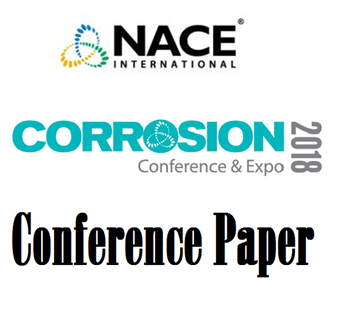Search
51314-3838-Water Impact on Corrosion Resistance of Pipeline Steels in Circulating Supercritical CO2 with SO2- and NO2-Impurities
Also Purchased
51318-11481-Impacts of Impurities SO2 and H2S on Corrosion of sc-CO2 Pipe Steels
Product Number:
51318-11481-SG
Publication Date:
2018
$20.00
Impact of O2 Content on Corrosion Behavior of X65 Mild Steel in Gaseous, Liquid and Supercritical CO2 environments
Product Number:
51320-14433-SG
Publication Date:
2020
$20.00
51313-02372-Corrosion Stability of Piping Steels in a Circulating Supercritical Impure CO2 Environment
Product Number:
51313-02372-SG
ISBN:
02372 2013 CP
Publication Date:
2013
$20.00




